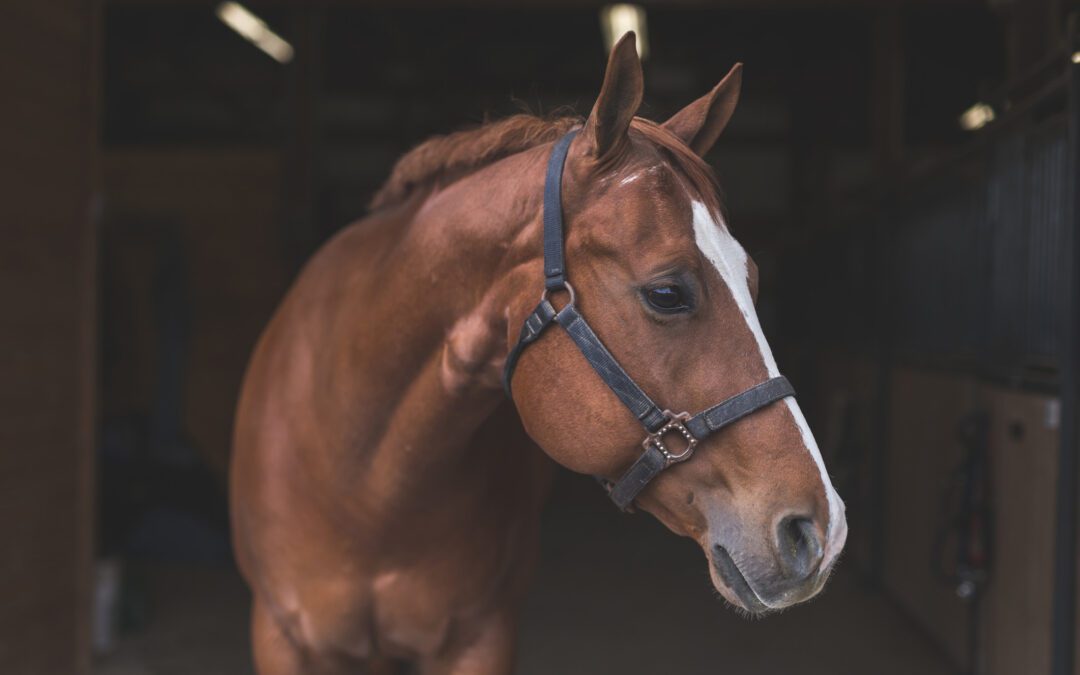
by Staff Writers | Feb 26, 2024 | Equine Law
How to Start an Equine Business: Formation and Structure
Over the years, the equine industry has continued to grow, and as of 2023, it has reached an estimated $102bn in the US in 2023. The industry has provided a large economic impact in the work field, funding 1.7 million full-time jobs worldwide. Starting an equestrian business can be an extremely rewarding investment by growing a successful organization passionate about horses. Equestrian businesses require heavy attention to legal details and attentive planning, but with hard work and dedication, it is an achievable goal.
The Different Types of Business Structures
The first step to starting an equine business is deciding which legal business structure best fits your situation. Factors that play into determining the best option for you depend on liability, number of owners, and tax considerations. Some major types of ownership are Sole Proprietorship, Partnership, Limited Liability Company (LLC), and Corporation.
Sole proprietorship is the most common type of business. They are run by a single owner who is responsible for all liability, losses, and profits.
Advantages:
- In control of all important decisions
- Quick and easy setup
- Low fees and costs
- Most simple record-keeping
- Not double taxed
Disadvantages:
- All liability is on the individual
- Pays self-employment taxes
- Ceases when individual dies
General partnership is an arrangement between two or more individuals, and they are equally responsible for all liabilities, profits, debts, and taxes.
Advantages:
- Easily formed
- Benefits from both individuals’ unique talents
- Not double taxed
Disadvantages:
- Books must balance between partners
- Liability is on both partners
- No tax-free benefits
- Ceases when one partner leaves or dies
Limited Liability Company (LLC) is the most flexible form of business with two or more members.
Advantages:
- Members have limited liability
- Flexibility in stock investing and profit sharing
- Less paperwork and fewer costs
- Not double taxed
- Personal property is separate from the business
Disadvantages:
- Needs more than two members to start
- State laws may limit the LLC
- Only “1 Person” on FSA payments
- Member pays self-employment tax on their portion of income
- Ceases when a member leaves or dies (Flexibility available via Operating Agreement)
Corporation: The most common type of corporation seen in the equine industry is an S Corporation, which has 100 or fewer shareholders.
Advantages:
- Requires 1 stockholder
- Stockholders have limited liability
- Distributions are exempt from self-employment taxes
- Not double taxed
Disadvantages:
- Only one class of stock
- Limit of 100 shareholders
- Stockholder receives wages from corporations
Factors to Consider When Selecting Equine Business Structure
Sole proprietorships are in full control of all important decision-making and are reliable for all liabilities. There is no legal filing required, but all profits are taxable at the individual level by the Internal Revenue Service and are to be reported on Schedule C or F as self-employment income.
Individuals in General Partnerships are equally responsible for all liabilities, profits, debts, and taxes. All individuals also have an equal say in all decision-making. Partners must file separate individual 1065 tax forms with the agreed-upon split income.
IfLimited Liability Companies operate according to the rules of the LLC, they provide extra coverage of liability protection and have pliable options for transferring any land or business ownership. The LLC has the option to report taxes as either a partnership or a corporation and is formed when Articles of Organization are filed with the Secretary of State.
S corporation owners consist of those who are holders of the corporation’s common stock, and they are not liable for any actions of the corporation. Their earnings are taxed at the individual level, and all have to file a separate tax return on Form 11120-S. Their income is reported on corporate tax returns and is sent through the shareholders’ individual income tax returns.
The Formation Process for an Equine Business
After you decide what business structure suits you best, you must register your company’s name with the Secretary of State office. Depending on the type of business, you will need to acquire licenses and permits. All equine business forms must be filed at the federal, state, and local levels. After submitting all required documents, your business must obtain a federal tax identification number from the Internal Revenue Service and register for both state and local taxes. Some examples of taxes that may apply to your business are sales taxes and employment taxes. It is important to protect your business from any injuries to the horses, riders, and any property damage. To do so, it is heavily suggested to get insurance covering the service(s) you offer such as liability, property, or equine insurance. Another way to protect your business is creating contracts and waivers to be reviewed by an attorney to ensure it complies with all laws available to you. Contracts and waivers vary by business and can include boarding contracts, lesson terms and agreements, and liability waivers and assumption of risk agreements. The last and most crucial step for equestrian business owners is tracking all income and expenses and having a detailed record book. If you struggle to stay organized or do not have the time and resources to keep an accurate record, it is recommended to hire a professional bookkeeper or use accounting software. Clayborne & Wagner Equine Law Division has experience in the equine accounting industry and can help provide referrals that best suit your company.
Seeking Legal Guidance When Starting Your Equine Business
With a passion for horses, the equestrian industry is the perfect place to start a business. Each of the four business structures possesses its own set of rewarding advantages, but all require proper legal compliance for success. When forming your equine business and getting it off the ground, it can be helpful to seek the legal guidance of an experienced equine law attorney to ensure the proper licenses and compliance. Clayborne and Wagner’s Equine Law Division offers 30-minute equine business consultations for a prepaid fee of $150.00. Request your consultation today: https://www.cswlawllp.com/equine-law-services/.
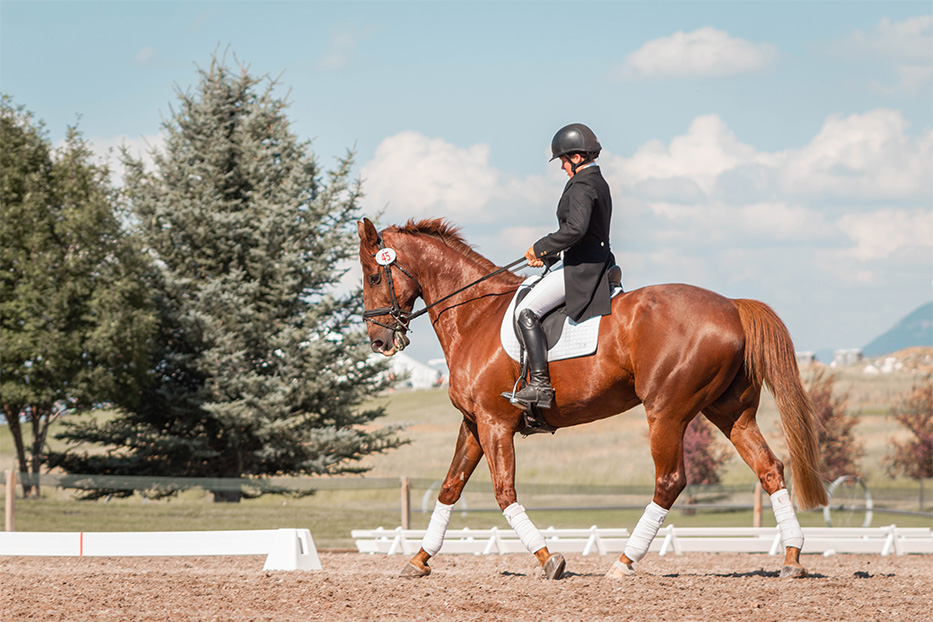
by Staff Writers | Oct 17, 2023 | Equine Law
Equine sales transactions are a cornerstone of the equine industry, with buyers and sellers entering agreements to exchange horses for a wide variety of purposes. However, like any business transaction, equine sales can give rise to disputes, leading to financial loss, strained relationships, and even damaged reputations. The Equine Law Division at Clayborne and Wagner LLP recognizes the complexities of horse sales and agreements and aims to provide insights into preventing and effectively resolving equine sale disputes.
Drafting Solid Horse Sale Agreements
In order to effectively prevent disputes when selling your horse or purchasing a horse, it is critical that you have a solid horse sale/purchase agreement and bill of sale. It is the foundation of every successful equine transaction.
- Clear and Detailed Contracts: Sale contracts and bills of sale should be meticulously drafted, outlining the specific terms and conditions of the transaction. These contracts should address the horse’s identification, health condition, intended use, purchase price, payment terms, and representations by both parties. Ensuring all details are accurately documented can prevent misunderstandings.
- Explicit Warranties and Representations: Sellers must provide honest and accurate information about the horse’s health, behavior, training, and history. Misrepresentations or omissions can lead to disputes if the horse’s actual condition or capabilities differ from what was represented in the contract.
- Veterinary Examination Clause: It is often recommended to include a clause allowing the buyer to have the horse examined by a veterinarian to assess the horse’s health objectively. This clause can prevent disputes if the horse’s condition is not as expected.
When drafting or receiving an equine sales contract, it is recommended that you consult with an equine law attorney to review the document prior to signing it. He or she can identify any missing or inaccurate information and ensure the terms and conditions accurately reflect your understanding of the transaction.
Resolving Equine Sale Disputes Through Legal Action
While you can implement a solid sales contract and bill of sale, disputes can unfortunately still occur. When they do arise, there is a variety of legal strategies that can be taken depending on the specific case and dispute.
- Mediation: During the sales process of a horse, mediation provides a non-adversarial method of resolving disputes. A neutral third party assists both the seller and buyer in finding a mutually agreeable solution. Mediation can potentially prevent costly, timely litigation.
- Arbitration: Some sale agreements include arbitration clauses, requiring parties to submit their disputes to a neutral arbitrator rather than a court. Typically, arbitration can be quicker and more flexible than litigation.
- Litigation: In cases where mediation and arbitration fail or are not viable options, litigation becomes necessary. During litigation, it is crucial to work with experienced equine attorneys who understand the intricacies of equine law and can present a compelling case in your favor.
Gathering Evidence for Protection During Equine Sales Disputes
If you find yourself in the middle of a horse sale dispute resulting in legal action, thorough and accurate documentation is necessary in building a strong case.
- Medical Records: Detailed veterinary reports, health certificates, and medical history of the horse can be instrumental in demonstrating the horse’s condition at the time of sale.
- Communication Records: Emails, text messages, and any written communication between the buyer and seller of the horse can help establish the terms and expectations of the sale and serve as evidence during litigation.
- Witness Statements: If disputes arise over representations or warranties, witness statements from horse trainers, equine veterinarians, or others involved in the transaction can provide valuable insights into the case.
Contact Clayborne & Wagner’s Equine Law Division to Resolve Your Equine Sale Dispute
In the unfortunate event that a dispute does arise during the equine sale process, you should seek legal counsel from an experienced equine attorney. At Clayborne and Wagner, Corinne Mitchell and her equine law team have the experience and legal expertise to navigate the intricacies of equine sale disputes. They will do everything in their power to protect your interests and seek justice. Contact our team today to schedule a legal consultation.
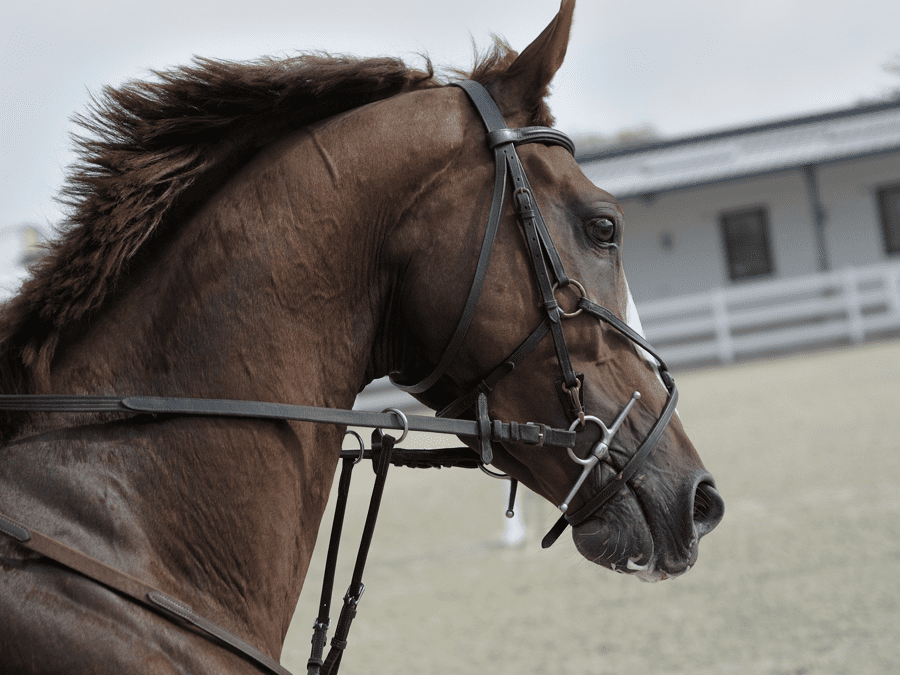
by Staff Writers | Sep 14, 2023 | Equine Law
For equine enthusiasts, horses are not just animals; they are prized companions and valuable assets. Consequently, any transaction involving a horse should be approached with the utmost care and precision, and that begins with the proper utilization of an equine bill of sale. Taking the time to properly draft a comprehensive equine bill of sale can help prevent any disputes or misunderstandings down the line, and it can ensure a smooth and successful transaction for all parties involved.
Understanding Equine Bill of Sale
What is an equine bill of sale exactly? It is a legal document that transfers the ownership of a horse from one party to another. An equine bill of sale typically serves several key functions:
- Proof of Ownership: First and foremost, an equine bill of sale establishes clear ownership of the horse.
- Transfer of Title: It legally transfers the title of the horse from the seller to the buyer.
- Protecting Rights and Responsibilities: A horse bill of sale outlines the buyer’s and seller’s specific rights and responsibilities. Oftentimes, it will include important provisions regarding the sale, including warranties, conditions, and any other special terms.
- Record Keeping: It provides a clear, accurate record of the sale for future tax and registration purposes.
Potential Mishaps and Pitfalls of Equine Bills of Sale
While equine bills of sale are legal documents, they can still result in issues and mishaps, similar to any other legal contract. The most common problems that can arise include:
- Inaccurate Information: A bill of sale may not always provide accurate information about the horse, which can result in disagreements over its identity, value, or the terms of the sale.
- Hidden Health Issues of Horse: It’s important for buyers to always pursue a veterinarian pre-purchase exam when deciding whether to purchase a horse. This ensures that any potential health issues with the horse are identified prior to closing a sale which buyers and sellers may use to alter original terms.Sometimes, sellers may not disclose accurate information about a horse’s health or may be unaware of certain health concerns, such as dental problems, lameness, or digestive issues.
- Ambiguous Terms: Ambiguous language in a horse bill of sale can cause disputes between parties, such as uncertainty around who is responsible for transporting the horse.
- Failure to Address Contingencies: Equine transactions often involve specific contingencies such as veterinary exams or trial periods. Without clear provisions specified in the bill of sale, these can lead to future disputes post-sale.
- Lack of Warranty Provisions: If a horse is sold “as is” without any warranties, buyers may find themselves in a difficult position if the horse turns out to have undisclosed issues or health concerns.
- Failure to address control law and methods available to resolve disputes.
Provisions to Consider in Horse Bill of Sale
When working with an equine attorney to draft an equine bill of sale, there is a variety of provisions to cover. Every bill of sale is unique and should include a detailed description of the horse, specifying its breed, age, and registration information. The price of the sale should be noted, as well as the method and timing of payment. If the horse is being sold for a specific purpose, such as show jumping or breeding, then specific warranties should be included. Always address potential contingencies and the terms for when a sale can be voided. Lastly, clearly define the responsibilities and liabilities of both parties regarding the horse’s care and transport.
Why Equine Legal Expertise Matters
Due to the complex nature of equine bills of sale, consulting with an experienced equine attorney to draft and review them is important. Attorneys can customize the bill of sale to address the specific needs of both the buyer and the seller. They can also include robust warranty provisions and liability limitations to prevent the sale from falling through or ending in a dispute. If a dispute does arise during the horse sales process, an attorney can serve as a third party to help resolve it. Additionally, an attorney is knowledgeable in local, state, and federal laws and can ensure that the bill of sale is compliant. If there is any risk associated with the purchase or sale of the horse, he or she can help identify and resolve those risks. Lastly, at the end of the day, working with a professional to draft the equine bill of sale provides peace of mind for both parties and ensures the horse’s best interest.
Contact Clayborne & Wagner’s Equine Law Division for Legal Support with Equine Bills of Sale
Corinne Mitchell and her equine law team at Clayborne & Wagner LLP, headquartered in Belleville, Ill., have extensive experience in drafting and reviewing bills of sale. We will work diligently to ensure a seamless horse sale or purchase experience while protecting your best interests. We proudly serve equine litigation and transactional clients across the country. Contact us today for an equine law consultation.
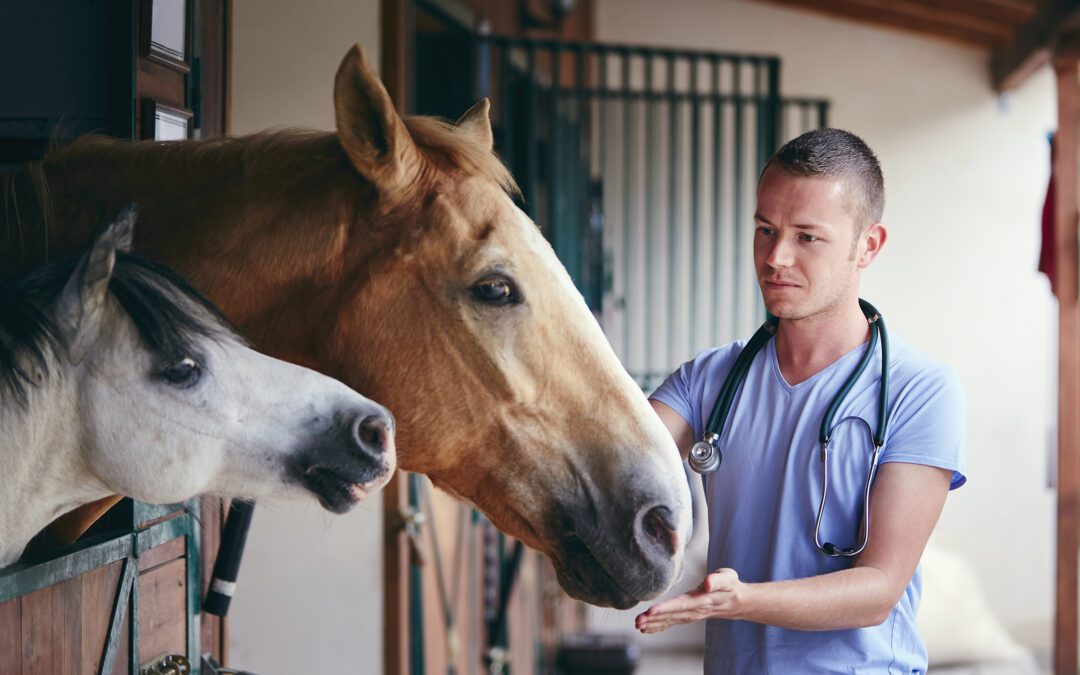
by Staff Writers | Mar 23, 2023 | Equine Law
Protect Your Equine Veterinarian License
Similar to doctors, equine veterinarians are licensed medical professionals who are required to provide a standard of care to each and every horse that is their patient. When a horse’s owner feels that their horse was further harmed or killed due to a veterinarian or vet clinic’s incompetence or carelessness, then the owner may file a malpractice claim. Malpractice allegations can not only defame your reputation and veterinary practice but also can result in a revoked license. If you have been accused of veterinary malpractice, you should seek legal counsel from a qualified equine veterinary defense attorney.
What Constitutes Veterinary Malpractice?
According to general veterinarian malpractice law, (review hyperlink for basic overview applicable to many States) in order for the horse’s owner to win a malpractice lawsuit against the vet and recover damages, the owner must be able to prove these four elements:
- The veterinarian had accepted the responsibility to treat the horse.
- The veterinarian failed to meet the standard of care when treating the horse. This could involve their actions or lack of actions.
- The horse was injured, became sicker, or was killed due to the veterinarian’s failure to meet the standard of care.
- The injury, sickness, or death of the horse resulted in damages to the horse’s owner.
At Clayborne & Wagner LLP Equine Law Services, we will thoroughly review your case and aggressively work to prove the above malpractice qualifications as false.
The Differences Between Veterinarian Malpractice and Negligence
It is important to note that not all veterinary judgment calls, possible mistakes, or even errors committed by veterinarians are considered medical malpractice. What’s the key difference between a malpractice lawsuit and a simple negligence lawsuit? In a simple negligence case, the standard is what a reasonable person would do in similar circumstances. In malpractice cases, the standard is what a trained, professional veterinarian would do.
To distinguish the difference between veterinary malpractice and simple negligence, please review the examples listed below:
Veterinarian actions that might account for a malpractice lawsuit:
- Committing an error during a horse’s surgical procedure
- Misdiagnosing a horse’s injury or illness or prescribing the wrong course of treatment
Veterinarian actions that most likely constitute simple negligence:
- Failure to properly secure a horse into its trailer
- Forgetting to leave enough food or water for a horse
The equine litigation team at our firm also represents veterinarians and vet clinics in simple negligence lawsuits. We will do everything in our power to protect your reputation as a trusted veterinary professional.
Working with an Equine Law Firm for Veterinary Malpractice Defense
With the intricacies of veterinary malpractice claims, it is recommended that you seek professional legal defense from an attorney. Corinne Mitchell, the head of our equine law division, will work with you to seek the best results for you and your veterinary team. She has extensive experience in trial practice and appeals, expert evaluations and assessments, fee disputes, and alternative dispute resolution. During this stressful time, she will do everything in her power to seek justice for your practice. To schedule a legal consultation, contact our firm today.
Learn more about our equine law services.
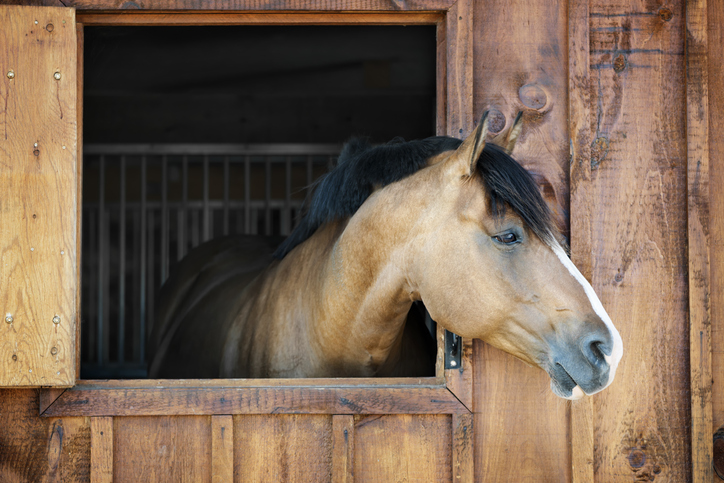
by Staff Writers | Dec 22, 2022 | Equine Law, News & Events
Horse Lease Agreement
In the equine community, it is quite common to lease a horse. Leasing a horse provides benefits to both the lessor and lessee. For the horse lessor, it can help offset the expenses that come with owning a horse. Plus, if the owner does not have enough time to frequently ride his or her horse, leasing is a good option to help the horse receive regular exercise and remain healthy. For the horse lessee, leasing can be a more affordable option than owning a horse. It can also allow him or her to ensure they are ready for horse ownership without the stress of a long-term commitment.
The Process of Leasing a Horse
When leasing a horse, you are entering into a legally binding contract. The leasing process should be taken seriously by both parties. In order for you to find the right horse for your needs, you should do your research before signing any agreement. It is very important that you choose a horse that matches your riding abilities and riding goals.
When meeting with the horse owner(s), be sure to ask questions to learn about the horse’s overall history and temperament. Request copies of the horse’s veterinarian records to learn about its health. You can ask to have the vet conduct an exam prior to signing the lease. Also, always ride a horse before signing any leasing agreement. If you are new to horse riding, ask a horse trainer or a seasoned equestrian to join you for the test ride. He or she will be able to give you a professional and experienced opinion.
Types of Horse Lease Agreements
Just like leasing a house or car, there are different types of horse lease agreements to choose from. While every lease agreement is different, the two most common leases are:
- Partial Lease Agreement: This is commonly referred to as a “half lease.” With this type of lease, you are able to ride the horse a set number of days per week. The number of days can vary from lease to lease, and it will typically affect the fixed monthly payment. Most often, you are sharing the horse with other riders or the owner. You might be asked to pay a percentage of the vet and boarding bills. In some leases, you might only be responsible for paying a riding fee. If you have never owned or leased a horse before, a partial lease agreement might be the most convenient, cost-effective option for you rather than a full lease agreement.
- Full Lease Agreement: With a full lease, you are typically responsible for paying for all of the horse’s expenses, including feed, boarding, and veterinarian bills. In addition to the general expenses, there might also be a lease fee. This fee will be a calculated percentage of the horse’s overall value. In a full lease, you are the only individual riding the horse and you can usually ride it whenever you want. Depending on the owner, you might be able to keep the horse at your own barn. However, some horse lessors require that the horse remains on their premises or at their boarding facility. A full lease is the closest option to owning your own horse without having to make long-term decisions for the horse, such as retiring, selling, or end-of-life care.
Both equine leasing agreements have their pros and cons. Plus, there are other leasing options available. In order to choose the best lease for you, you should consider consulting with an experienced equine lawyer.
Working with an Equine Law Firm to Lease a Horse
Not only can an equine law firm help you decide on a leasing agreement, they can help you with the entire horse leasing process. At Clayborne & Wagner LLP, we are well-versed in all areas of equestrian law. We work with clients on both equine transactions and litigation claims involving personal injury, property damage and breach of contract. For more information on our equine law practice led by attorney Corinne Mitchell, visit https://www.cswlawllp.com/equine-law-services/. If you have questions regarding leasing out your horse or leasing a horse for yourself, you can contact our team.

by Staff Writers | Oct 21, 2022 | Equine Law
Avoiding Equine Injury Claims
All equestrians know that if one thing is certain – it is that horses can be unpredictable. Because of the size and strength of horses, riders and pedestrians can easily endure personal injury. However, there are steps that owners and riders alike can take to avoid equine personal injury claims. Our equine law attorneys have gathered tips and tricks to limit equestrian injuries.
Types of Equestrian Incidents
There are various ways that someone can incur personal injury from horses. According to 2021 horse-riding accident statistics, 2 out of 3 horse-riding injuries can be prevented. It is essential to understand the situations where incidents can occur, so you can take proper precautions to avoid injuries. Common causes of equestrian accidents include:
- Stable mishaps
- Broken tack
- Slipped saddle
- No safety checks
- Unsafe environment and trails
- Trainer negligence
- Kick, fall, and trample injuries
According to the National Trauma Data Bank, 74.83% of equestrian deaths were caused by head and neck injuries.
- Head and Neck Injury Deaths – 74.83%
- Thoracic Injury Deaths – 18.44%
- Abdominal Injury Deaths – 5.31%
- Extremity Injury Deaths – 1.42%
How to Prevent Horseback Accidents and Injuries
There are simple steps that riders can take to prevent horseback riding injuries. According to the American Academy of Orthopaedic Surgeons, there are a few tips for riders to prevent injury:
- Wear riding helmets
- Wear leather boots with a small heel
- Inspect riding equipment
- Size saddle and stirrups
- Use safety stirrups and supervisor if a novice
- Ride on flat terrain if a novice
- Stay alert
- Do not go off-trail
- Approach horses at their shoulder, not from behind
By following these simple tips and tricks, riders, owners, and those in the equine field can stay safe and limit accidents and injuries.
I Have an Equine Injury – What Now?
If someone suffers an injury due to an equestrian incident on your property or while interacting with or riding your horse, they may be eligible to file a personal injury claim. At Clayborne & Wagner, we understand that accidents happen. Get in touch with our expert equine attorneys for equestrian legal assistance.
Sources:
Fernanda Camargo, William R. Gombeski Jr, Polly Barger, Connie Jehlik, Holly Wiemers, James Mead & Amy Lawyer | Pedro González-Redondo (Reviewing Editor) (2018) Horse-related injuries: Causes, preventability, and where educational efforts should be focused, Cogent Food & Agriculture, 4:1, DOI: 10.1080/23311932.2018.1432168
Meredith, L., Ekman, R., & Thomson, R. (2017). Horse-related incidents and factors for predicting injuries to the head. BMJ Open Sport — Exercise Medicine, 4(1). https://doi.org/10.1136/bmjsem-2018-000398 Meredith, L., Ekman, R., & Thomson, R. (2017). Horse-related incidents and factors for predicting injuries to the head. BMJ Open Sport — Exercise Medicine, 4(1). https://doi.org/10.1136/bmjsem-2018-000398
Mutore K, Lim J, Fofana D, et al
Hearing hoofbeats? Think head and neck trauma: a 10-year NTDB analysis of equestrian-related trauma in the USA
Trauma Surgery & Acute Care Open 2021;6:e000728. doi: 10.1136/tsaco-2021-000728






